The ongoing air war between Israel and Iran has opened a new front in the Middle East, shifting from a covert shadow conflict into a direct state-to-state confrontation, according to a new report released by the Ankara-based think tank Center for Middle Eastern Studies (ORSAM).
The report, prepared by regional experts tracking the intensifying conflict, warns that the war is no longer just a bilateral affair but has become a defining rupture point for all actors seeking to reshape the region’s geopolitical architecture. “What we are witnessing is not just a shadow war of tactical moves, but a new front where two states are openly confronting one another,” the report states.
ORSAM analysts argue that the post-Dec. 8 collapse of Iran’s influence in Syria, once firmly established through proxies, has narrowed Tehran’s operational space. However, tensions remain high in Iraq and Yemen, and the potential for further escalation in those theaters persists.
Within Israel, public opinion has fractured along the lines of the various fronts. While discontent over the government’s handling of hostages in Gaza has fueled domestic criticism, especially of Israeli Prime Minister Benjamin Netanyahu, a consensus appears to exist among both the public and political establishment regarding the need to confront Hezbollah, the Houthis and Iran directly.
“Netanyahu is facing mounting pressure as the war drags on with mounting casualties and destruction, and the list of scapegoats is shrinking,” the report notes.
Israel has been engaged on multiple fronts for nearly two years, and public patience, it warns, is wearing thin.
Israel’s latest offensive targeted and destroyed Iranian air defense systems in the western part of the country before expanding to the capital and southern regions.
While Iranian authorities quickly implemented emergency protocols at the provincial level, including restricting internet access, the public response was marked by confusion and a scramble to meet basic needs.
Iran’s hardline conservative faction, long skeptical of diplomacy with the West, seized on the attacks to intensify their criticism of ongoing negotiations.
“They perceive the current crisis as the result of years of compromise,” the report explains, “and now frame the attacks as the price of failed diplomacy.”
This internal political turbulence could have consequences far beyond Tehran. The report suggests that the symbolic image of Iran as the “epicenter of resistance” for Shiite actors may fade, undermining its strategy of solidarity with regional proxies.
In Iraq, the attacks have been interpreted not just as an act against a nation but as a threat to Shiite identity and the wider resistance front.
Despite previously balancing regional crises with some success, Iraq’s Prime Minister Mohammed S Al Sudani may find it harder to navigate this escalating confrontation, the report argues, due to the deeper symbolic and strategic implications of a direct Israel-Iran war.
The fallout has also been felt in the Gulf. ORSAM notes a growing rift between the U.S. and Israel, as Washington seeks to distance itself from Tel Aviv’s actions, while still maintaining that the strikes are a legitimate response to Iranian provocations. The Biden administration reportedly warned Iran not to target American assets in any retaliation.
Meanwhile, Gulf nations – many of whom have become key interlocutors in regional diplomacy – have avoided reverting to U.S. President Donald Trump-era “maximum pressure” strategies. However, their economic agendas, including a recently pledged $3.2 trillion investment in U.S. projects, are now jeopardized by regional instability.
The report warns that escalating military tensions threaten to derail the Gulf’s ambitious economic diversification plans, as trade routes grow insecure and supply chains become vulnerable. “Such instability casts serious doubt on the viability of large-scale economic promises,” the report says.
Egypt, another pivotal actor, has taken a cautious stance. While maintaining alliances with the West and Gulf countries, Cairo has also kept communication lines open with both Iran and Israel. ORSAM suggests this reflects Egypt’s efforts to expand its diplomatic flexibility amid a tense geopolitical climate.
Egypt’s dilemma is compounded by its dependence on Israeli gas imports via the newly restored Arish-Ashkelon pipeline. Any conflict threatening this supply, or the strategic waterways of the Red Sea, Gulf of Aden or Suez Canal, could have dire implications for Egyptian energy security and revenues.
The report also highlights Trump’s recent Middle East tour, where he notably skipped Israel and instead visited Qatar and met Syria’s interim President Ahmed al-Sharaa in Saudi Arabia. This move was interpreted as a pointed message to Netanyahu, signaling growing tension between the two leaders.
With few options left in Gaza, Netanyahu’s escalation toward Iran is seen as a last-ditch attempt to justify his leadership through a declaration of emergency. ORSAM views this as a sign that the Israeli prime minister is running out of political capital.
Russia’s role in the crisis remains complex. Moscow is attempting to maintain a delicate “controlled hardline” approach, supporting Iran with military and nuclear assistance while avoiding direct confrontation with Israel.
The report outlines three possible Russian trajectories: continued balancing, deepening ties with Iran under pressure, or adopting a more overtly pro-Iranian posture, though the latter remains unlikely.
China’s initial response was predictably cautious, echoing its traditional preference for regional balance. However, analysts at ORSAM predict a gradual rhetorical shift, with Beijing likely to adopt a more Iran-leaning stance to bolster its image as the voice of the Global South and strengthen ties across the Arab-Islamic world.
China’s broader strategic calculus is informed by its need to secure energy and trade routes. Given the strain on its economy and its reliance on Middle Eastern oil and markets, Beijing is expected to pursue paths that minimize the risk of full-scale conflict.

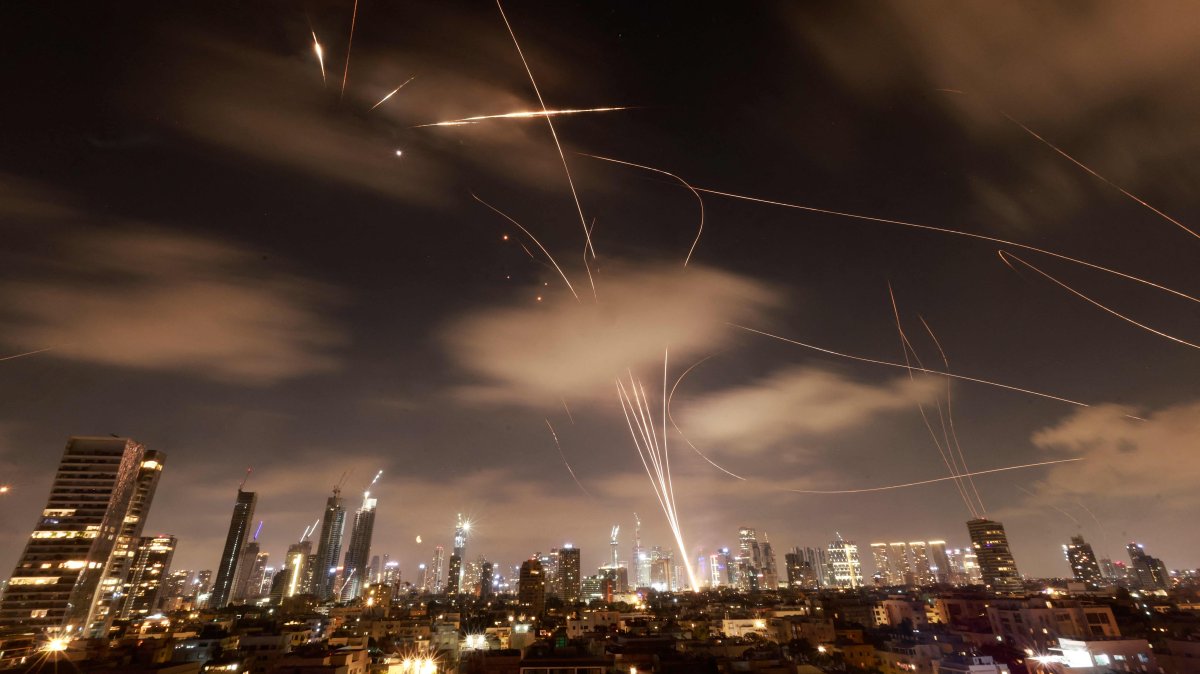
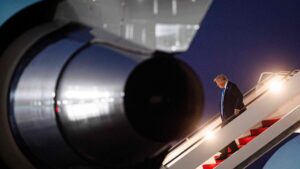

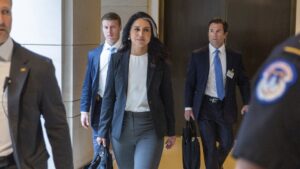

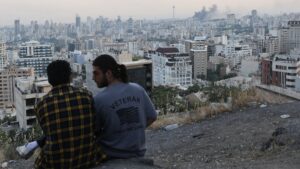
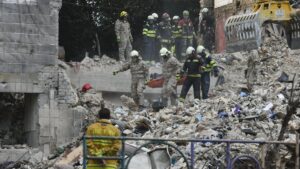
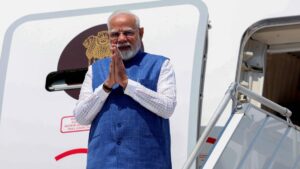
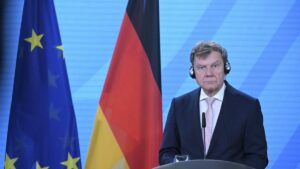
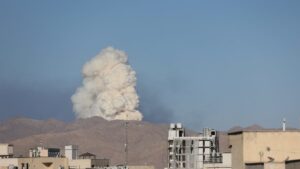
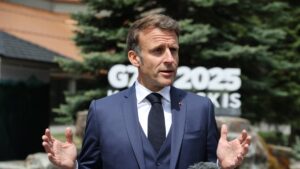
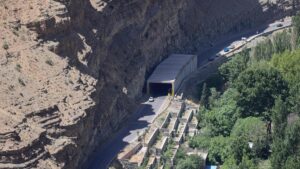
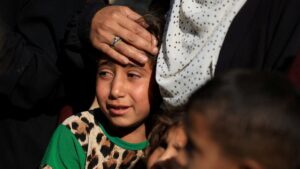






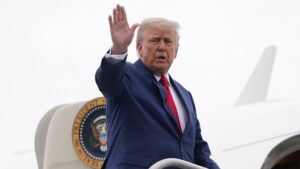

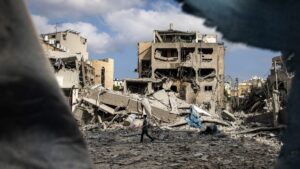


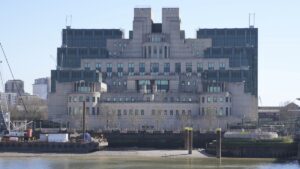
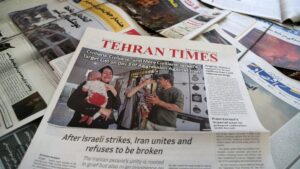
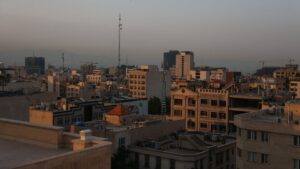

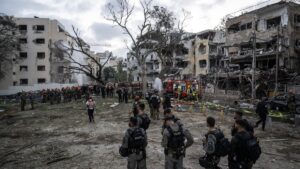


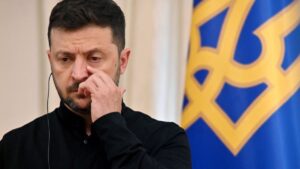
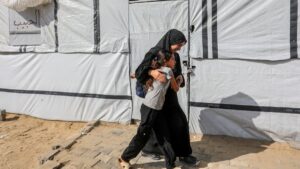
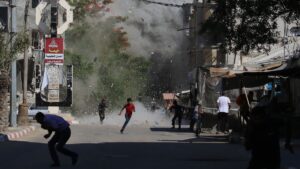

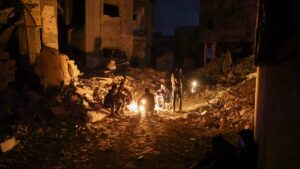
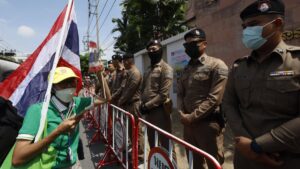
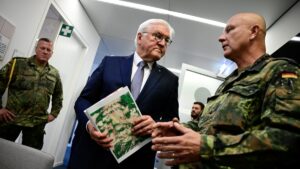
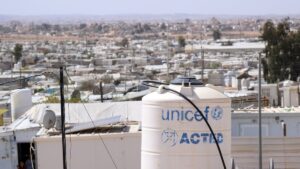
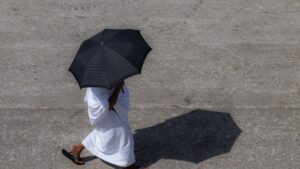
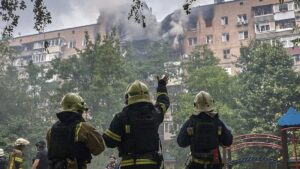





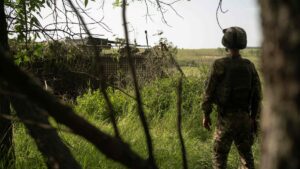
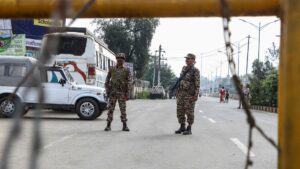


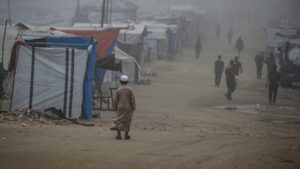
Be First to Comment